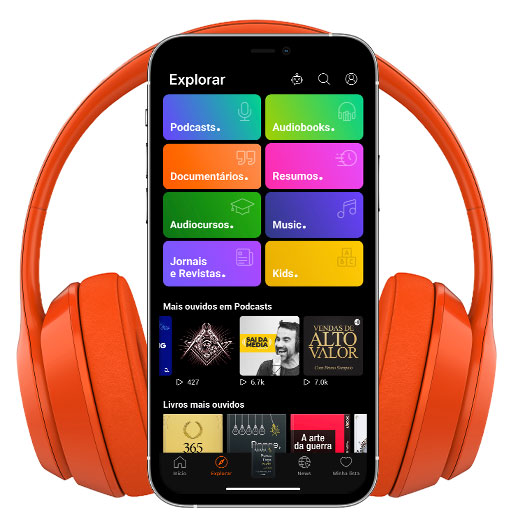The Translation Of Culture: How A Society Is Perceived By Other Societies
- Autore: Bruno Osimo
- Editore: Bruno Osimo
Trama
A culture is a way of perceiving reality. The verb “perceive” should not lead to mistakes. Someone may think that since objective reality of a culture is unique, all people must perceive it in the same way. But perception is a subjective matter and what is being perceived is not the photograph of reality, but one of many possible photographs. One’s experience influences one’s perceptual modalities, too.
When we read a newspaper, materials are divided into various categories: politics, news, shows, commentaries, sport and so on. The same goes within a culture, where people tend to use certain categories into which they divide reality, often in an implicit way, taking it for granted. Some newspapers dedicate only one page to economy, others twenty-five and do not call it “economy”, but classify it into more specific branches, such as “market”, “finance”, “companies” and so on. Some newspapers dedicate a page to navigation, others to mountaineering. In the latter case, some news which may appear on the page “navigation” ends up inevitably in a general section, e.g. a section dedicated to various news or sport. These newspapers reflect the same reality, but give a different reading of it and categorize it in different ways. Perceiving implies that we classify reality into types (and by doing this we give interpretations of it): this is the only way for us to treasure previous experiences and understand the present better.
We mentioned implicit typology of reality. Actually, every text consists in two elements: what has been told (explicit element) and what has been communicated without being told because it is taken for granted (implicit element). We can infer the unsaid by analyzing a context which can be more or less vast, that is the culture the sentence belongs to. The fact that we do not have to say always everything is a great opportunity. For instance, think of a conductor who gets on a bus and says: “Tickets, please!”. If she had to make the unsaid explicit, she would have to make a very long speech, e.g. “this is a X company’s bus. If you want to get on this bus you must have a document composed of … . Since someone may not have this document, I get paid by X company in order to check …”. Notice that even in this more detailed description many elements are taken for granted.



